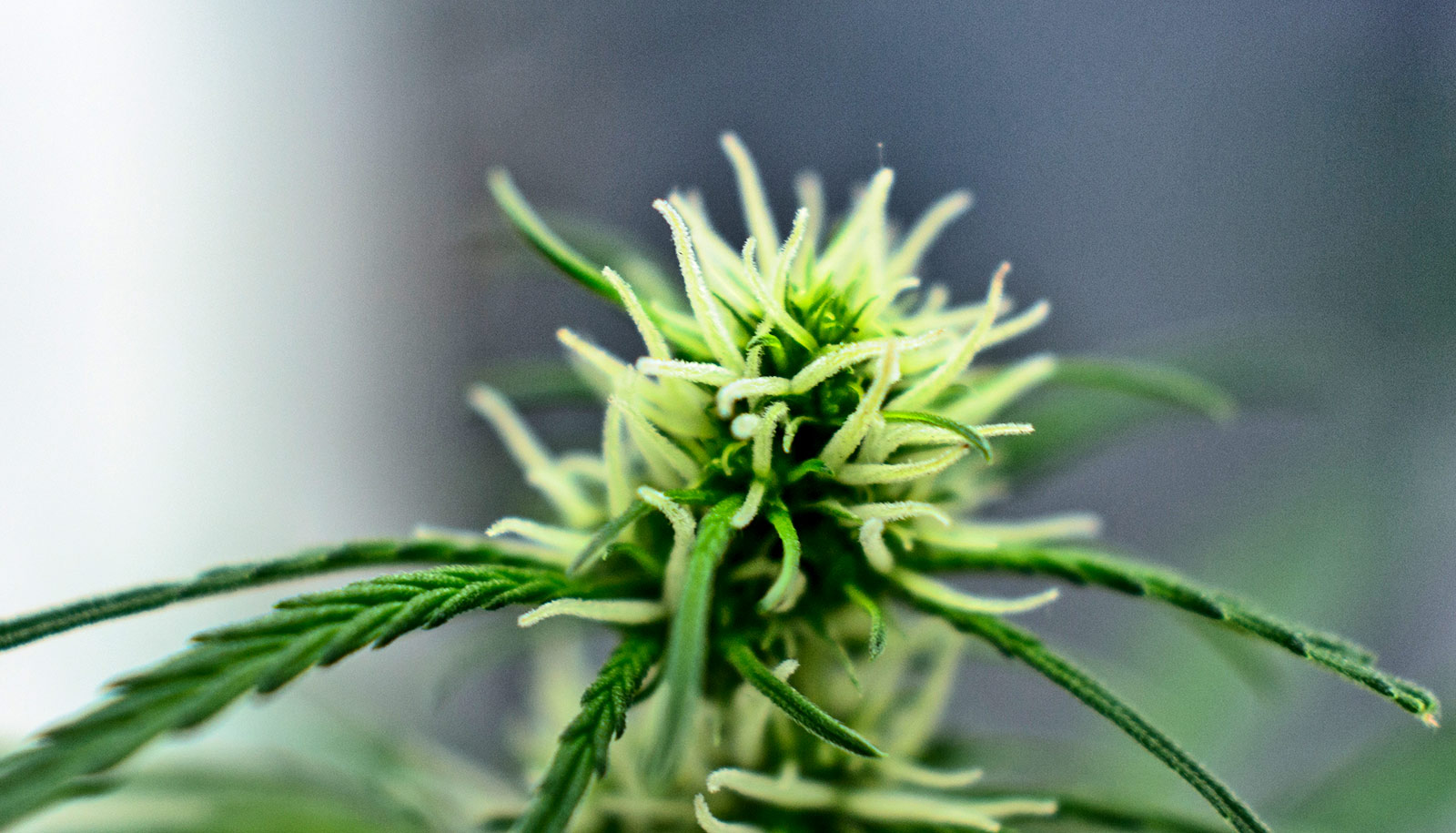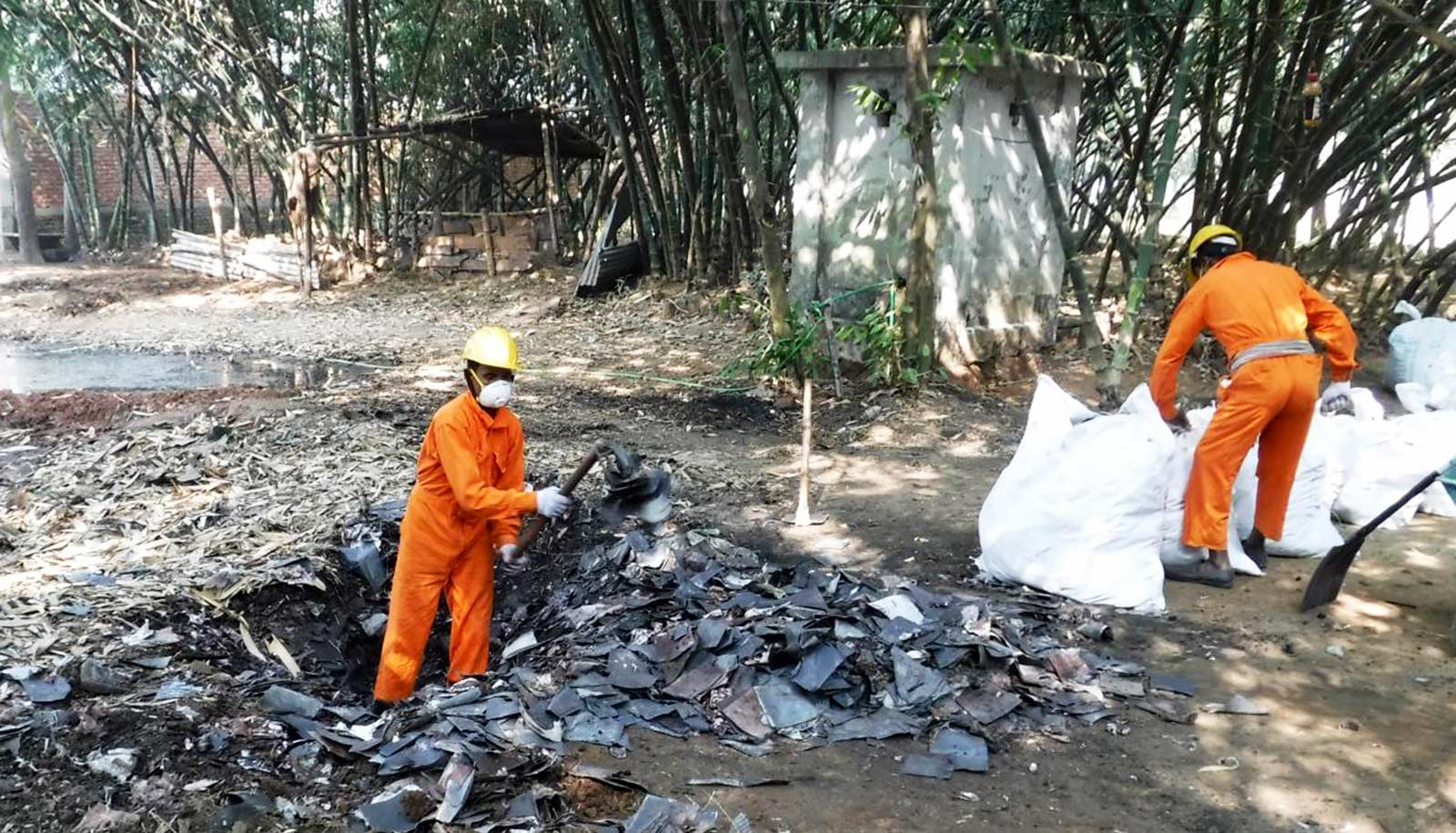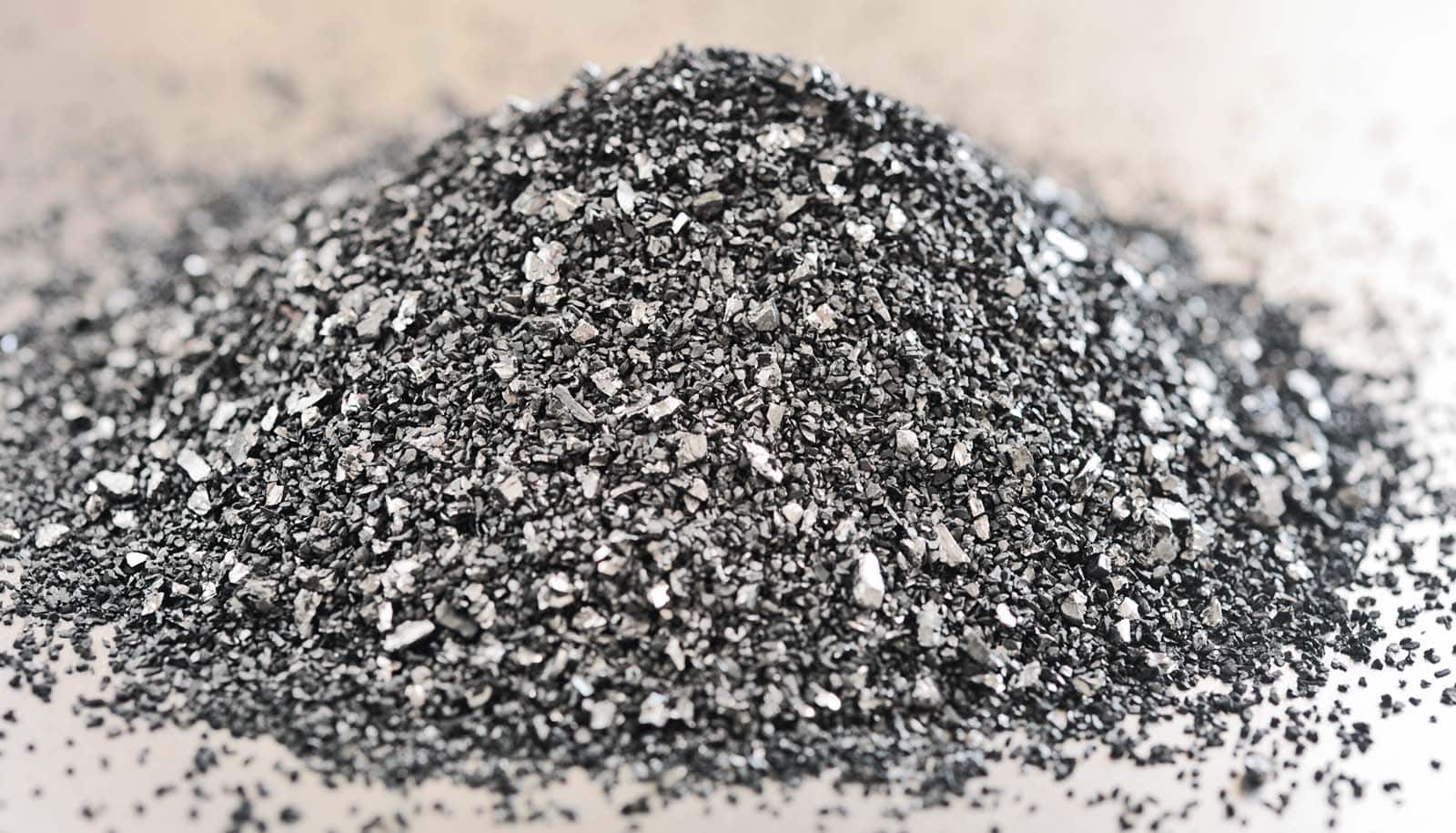A new meta-analysis examines the ability of cannabis plants to absorb heavy metals and discusses the resulting health impacts on consumers.
The researchers propose a blueprint of strategies for growers to alleviate heavy-metal uptake by their crops.
Cannabis plants—which can become industrial hemp, medical marijuana, and cannabidiol (CBD) oil, among other products—have an inherent ability to absorb heavy metals from the soil, making them useful for remediating contaminated sites. But this ability to soak up toxic metals may also make cannabis dangerous for people who ingest it.
“…cannabis products being used by consumers, especially cancer patients, may be causing unnecessary harm to their bodies.”
“Heavy metals, such as lead, mercury, cadmium, and chromium, are known to be carcinogenic,” says Louis Bengyella, assistant research professor of plant science at Penn State. “The heavy-metal content of cannabis is not regulated; therefore, consumers could unknowingly be exposed to these toxic metals.
“This is bad news for anyone who uses cannabis but is particularly problematic for cancer patients who use medical marijuana to treat the nausea and pain associated with their treatments.”
Compounding the problem, Bengyella says, is the fact that some cannabis strains have been bred specifically for phytoremediation, which is the use of plants to remove pollutants from soil, water, or air.
“The problem is if we use these strains that were developed for phytoremediation without considering why they were developed in the first place, we may unknowingly expose consumers to heavy metals,” he says.
Heavy metals in cannabis trichomes
Bengyella and his colleagues conducted a meta-analysis of research studies on heavy-metal contamination in cannabis. Specifically, they investigated available information on the application of cannabis in phytoremediation, the fate of heavy metals in cannabis plants, the medical impact of heavy metals in cannabis and agricultural strategies to mitigate heavy metal uptake.
Their results appear in the journal Toxin Reviews.
The team learned that some cannabis strains are commonly used for phytoremediation because of their unique physical characteristics—including long stem length, fast growth, high root and leaf surface area, high photosynthetic activity, and dependence on relatively few nutrients for survival—which facilitate the absorption of heavy metals. The team also found that lead, cadmium, and chromium, specifically, are capable of being transported and distributed up through the stalk and into the leaves and flowers of the plant. These heavy metals then exit the plant through trichomes, which are hair-like structures located on the flowers.
“Trichomes are important because they store the CBD oil and the tetrahydrocannabinol (THC) that are desired by consumers,” says Bengyella. “This led us to question if these heavy metals are there at the level of the trichome, what can they do to people?”
Health consequences
Next, the researchers investigated the documented health effects of heavy metals. They found that heavy metal contamination in cannabis can cause various health problems due to the fact that the heavy metals are rarely metabolized, and therefore, accumulate in specific areas of the human body. The most common mechanism of heavy metal toxicity in the human body is via the production of reactive oxygen species and free radicals, which can damage enzymes, proteins, lipids, and nucleic acids, and cause cancer and neurological issues.
“Cannabis consumed in combustive form represents the greatest danger to human health, as analysis of heavy metals in the smoke of cannabis revealed the presence of selenium, mercury, cadmium, lead, chromium, nickel, and arsenic,” says Bengyella. “It is disturbing to realize that the cannabis products being used by consumers, especially cancer patients, may be causing unnecessary harm to their bodies.”
Agricultural fixes
The authors conclude that the application of agricultural best practices, such as choosing cannabis varieties that weren’t bred to better absorb heavy metals and choosing farmland that is free of heavy metals, can mitigate heavy metal contamination. Specifically, the team offers three recommendations to growers for choosing farmland: avoid abandoned industrial sites, perform air quality analyses before establishing a farm, and conduct a soil pH test because pH can impact the quantity of heavy metals a plant absorbs.
“The problem is at the level of the consumer who uses cannabis products, but the solution must come at the agricultural level,” says Bengyella. “We believe that is where we should hammer hard and solve the problem.”
Additional coauthors of the paper are from the University of Hail, Saudi Arabia; the University of Burdwan, India; the University of Bamenda, Cameroon; and Penn State.
Source: Penn State



